Filter News
Area of Research
- (-) Materials (33)
- (-) Materials for Computing (1)
- (-) Nuclear Science and Technology (7)
- Advanced Manufacturing (4)
- Biological Systems (4)
- Biology and Soft Matter (1)
- Building Technologies (1)
- Chemistry and Physics at Interfaces (1)
- Clean Energy (24)
- Climate and Environmental Systems (1)
- Computational Biology (1)
- Energy Frontier Research Centers (2)
- Fossil Energy (1)
- Functional Materials for Energy (3)
- Geographic Information Science and Technology (1)
- Materials Synthesis from Atoms to Systems (3)
- Materials Under Extremes (1)
- Neutron Science (11)
- Nuclear Systems Technology (1)
- Sensors and Controls (1)
- Supercomputing (12)
News Type
News Topics
Media Contacts
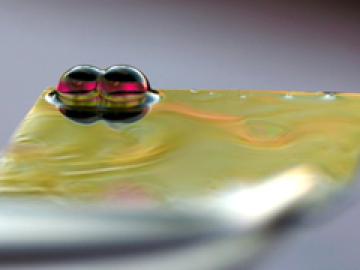
A simple new technique to form interlocking beads of water in ambient conditions could prove valuable for applications in biological sensing, membrane research and harvesting water from fog.
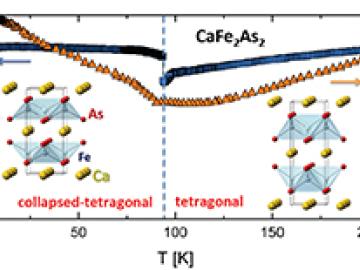

Researchers at the Department of Energy’s Oak Ridge National Laboratory have developed a new and unconventional battery chemistry aimed at producing batteries that last longer than previously thought possible.

Treating cadmium-telluride (CdTe) solar cell materials with cadmium-chloride improves their efficiency, but researchers have not fully understood why.

Oak Ridge National Laboratory researcher John Wagner has been named a 2013 recipient of the Department of Energy’s Ernest Orlando Lawrence Award for his work in advancing computer, information and knowledge sciences.
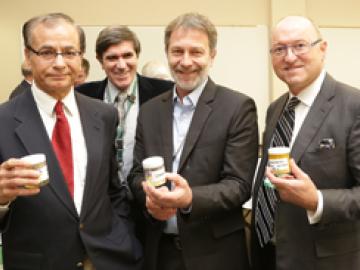
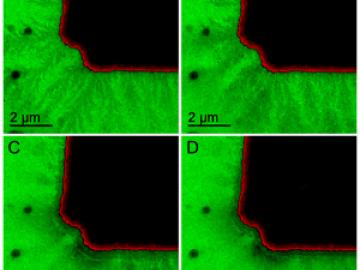
Using a new microscopy method, researchers at the Department of Energy’s Oak Ridge National Laboratory can image and measure electrochemical processes in batteries in real time and at nanoscale resolution.
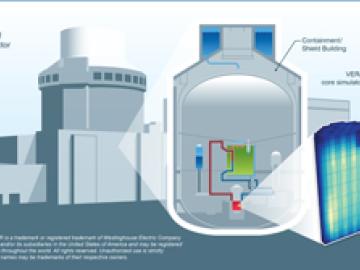

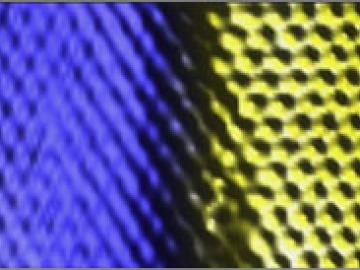
Researchers at the Department of Energy’s Oak Ridge National Laboratory and the University of Tennessee, Knoxville have pioneered a new technique for forming a two-dimensional, single-atom sheet of two different materials with a seamless boundary.




